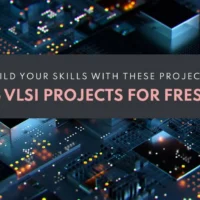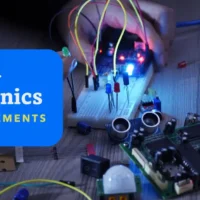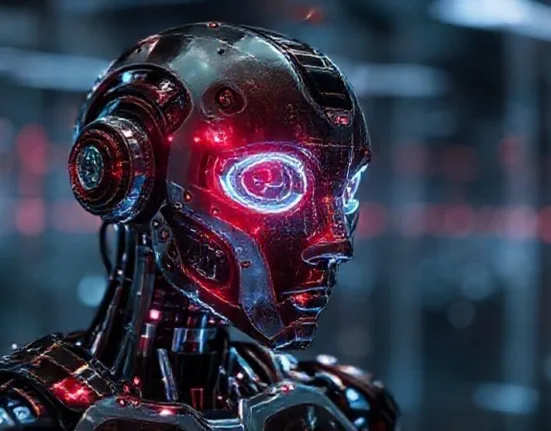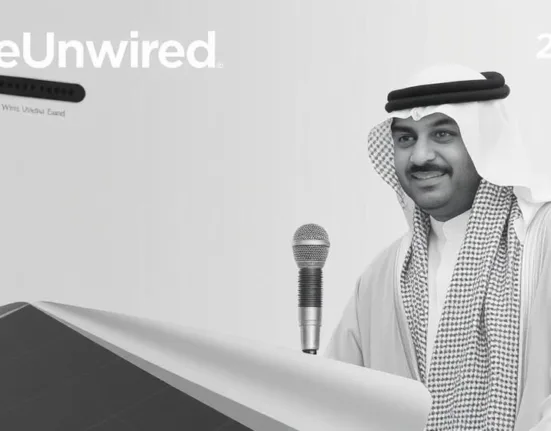Google Unveils HOPE AI Model: A Leap in Continual Learning with Nested Learning Paradigm
- by Abhinav Kumar
- 9 November 2025
- 2 minutes read
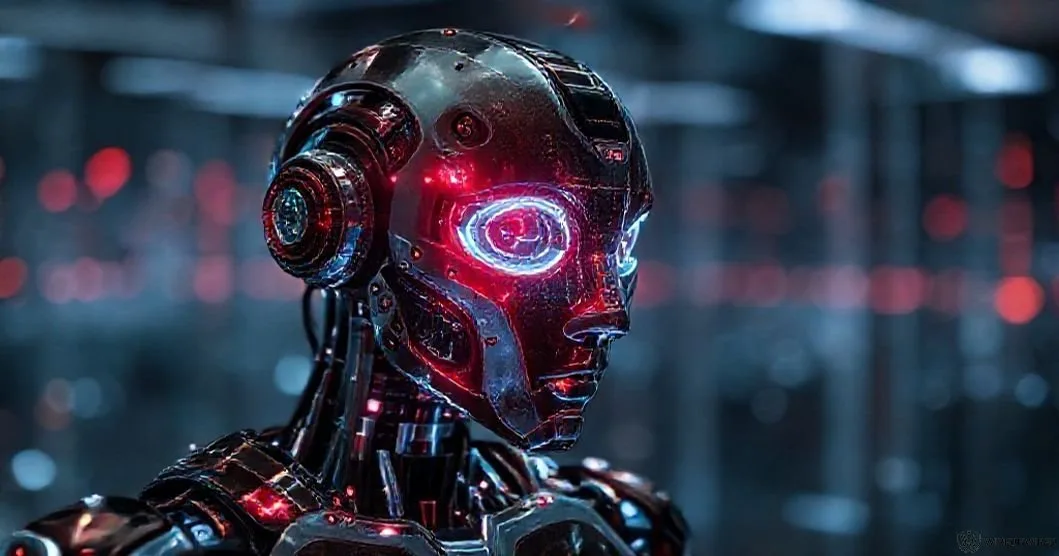
Key Insights
- Google introduces HOPE, a new AI model based on the Nested Learning paradigm, designed to solve continual learning and catastrophic forgetting.
- HOPE leverages multi-level, modular memory systems to emulate human-like adaptive learning, outperforming previous models in language comprehension and reasoning.
- This breakthrough positions HOPE and Nested Learning as foundational for next-generation, self-improving AI systems.
Google HOPE: Redefining Continual Learning in AI
Google has announced a major advancement in artificial intelligence with its new model, HOPE, built on the innovative Nested Learning approach. Revealed at NeurIPS 2025, HOPE addresses a fundamental challenge in AI: enabling systems to learn continuously without losing previously acquired knowledge—a hurdle known as catastrophic forgetting. This breakthrough is being widely discussed in Indian media and the AI research community, with many experts calling it a significant step toward artificial general intelligence.
What Makes Nested Learning and HOPE Unique?
Traditional AI models often struggle to adapt to new information without overwriting what they’ve already learned. HOPE solves this by viewing learning as interconnected, multi-level optimization problems. Rather than relying on a single memory update mechanism, HOPE employs a continuum memory system (CMS), where multiple memory modules update at different speeds—mirroring the layered memory systems in the human brain. This design enables it to remember and adapt more effectively over time, even as new data arrives.
“By fusing architecture and optimization into a unified, multi-level system, HOPE emulates the continuous, adaptive learning of biological brains.” (Joshua Berkowitz)
A key innovation is HOPE’s self-referential process, which lets the model adapt and optimize its own memory management. Unlike previous recurrent models that were limited to just two levels of memory updates, HOPE supports unlimited nested learning layers, allowing for deeper and more resilient knowledge retention.
Performance and Real-World Impact
In tests, HOPE has outperformed leading recurrent models and transformers in both language modeling and reasoning tasks. Notably, on challenges requiring understanding of long sequences—such as the “Needle-In-a-Haystack” test—HOPE’s CMS efficiently managed information and delivered higher accuracy and lower perplexity. This resilience to noisy or shifting data makes it especially promising for real-world applications where AI must learn and adapt on the fly .
Researchers highlight that Nested Learning could serve as the foundation for a new generation of AI systems—ones that learn continuously, remember deeply, and adapt independently. By simulating neuroplasticity, HOPE represents a leap toward more dynamic, self-improving machines .
Why HOPE and the Nested Learning Matters for AI’s Future ?
The unveiling of HOPE and the Nested Learning paradigm marks a pivotal moment in the race toward artificial general intelligence. By overcoming catastrophic forgetting and enabling continual learning, Google’s approach could unlock new capabilities for AI in fields ranging from healthcare to autonomous systems.
As the story gains traction in Indian tech media, global attention is expected to follow. The AI research community is already abuzz, with many calling for further exploration and development of Nested Learning architectures. For ongoing discussions and to connect with tech enthusiasts, readers can join the WireUnwired Research WhatsApp group or connect via WireUnwired Research on LinkedIn.
Sources
Discover more from WireUnwired Research
Subscribe to get the latest posts sent to your email.




